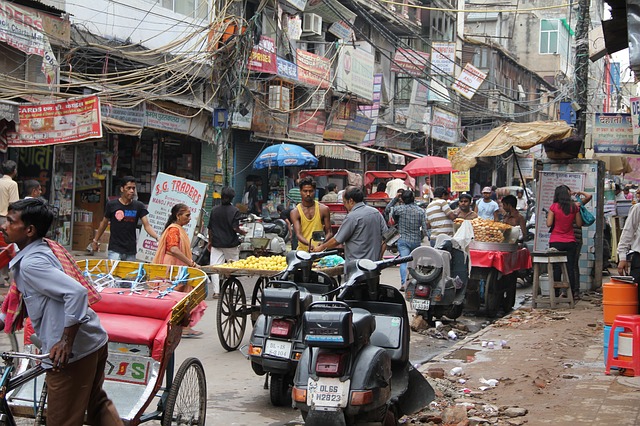Diplomats flee Delhi as India’s pollution crisis continues

As a thick smog stifles New Delhi, some diplomats have called for it to be made a “hardship” posting—a category usually reserved for conflict zones—due to the health risks posed by working in the Indian capital.
Earlier this month, pollution levels in Delhi reached 486 on the air quality index (or “AQI,” a 500-point scale), and remained in the “severe” category for a week. Levels of carcinogenic PM2.5 particles were 70 times over the WHO’s safe limits, with experts suggesting that prolonged exposure to such conditions is equivalent to smoking more than two packs of cigarettes a day.
Many diplomatic missions have put in place measures as a result of the danger posed to staff and their families. Some have cut down the numbers working in Delhi, moving positions to neighboring countries such as Singapore, and international schools have explored ways to minimize pupils’ exposure to smog (especially whilst exercising).
Mariela Cruz Alvarez, Costa Rican ambassador to India, was one of the first diplomatic figures to leave the city after developing respiratory problems. “I’m a living proof that our planet is dying today, coughing as I write with my Indian bronchitis,” she wrote in a blog post. “Postings here used to be three–four years,” another diplomat told the Indian Express newspaper. “Now it is being reduced to two–three years.”
It is expected that such reports will draw further international attention to India’s chronic air quality, and the public health challenge it presents. A recent study in the British medical journal The Lancet found that pollution in India is linked to more deaths annually than in any other country—at 2.5 million in 2015.
However, the Indian government has appeared reluctant to acknowledge the extent of the problem, with the environment minister Harsh Vardhan suggesting that “no death certificate has the cause of death as pollution.” Moreover, with some small signs of improvement now visible (Sunday’s AQI levels were 292—categorized as “poor,” versus the “severe” levels seen in early November) the Indian government has also started rolling back several interventions introduced last weekend, meaning that heavy goods vehicles were allowed to re-enter the city and that construction could resume.
Writing in IZA World of labor, Matthew Neidell argues that, quite apart from considerations about health itself, environmental regulation can have positive impacts for industry. “Environmental regulations are typically considered to be a drag on the economy. However, improved environmental quality may actually enhance productivity by creating a healthier workforce,” he writes.
“Evidence suggests that improvements in air quality lead to improvements in worker productivity across a range of sectors, including agriculture, manufacturing, and the service sectors.”
Read more articles about environmental regulation and the labor market.
Contact our environment topic spokesperson.